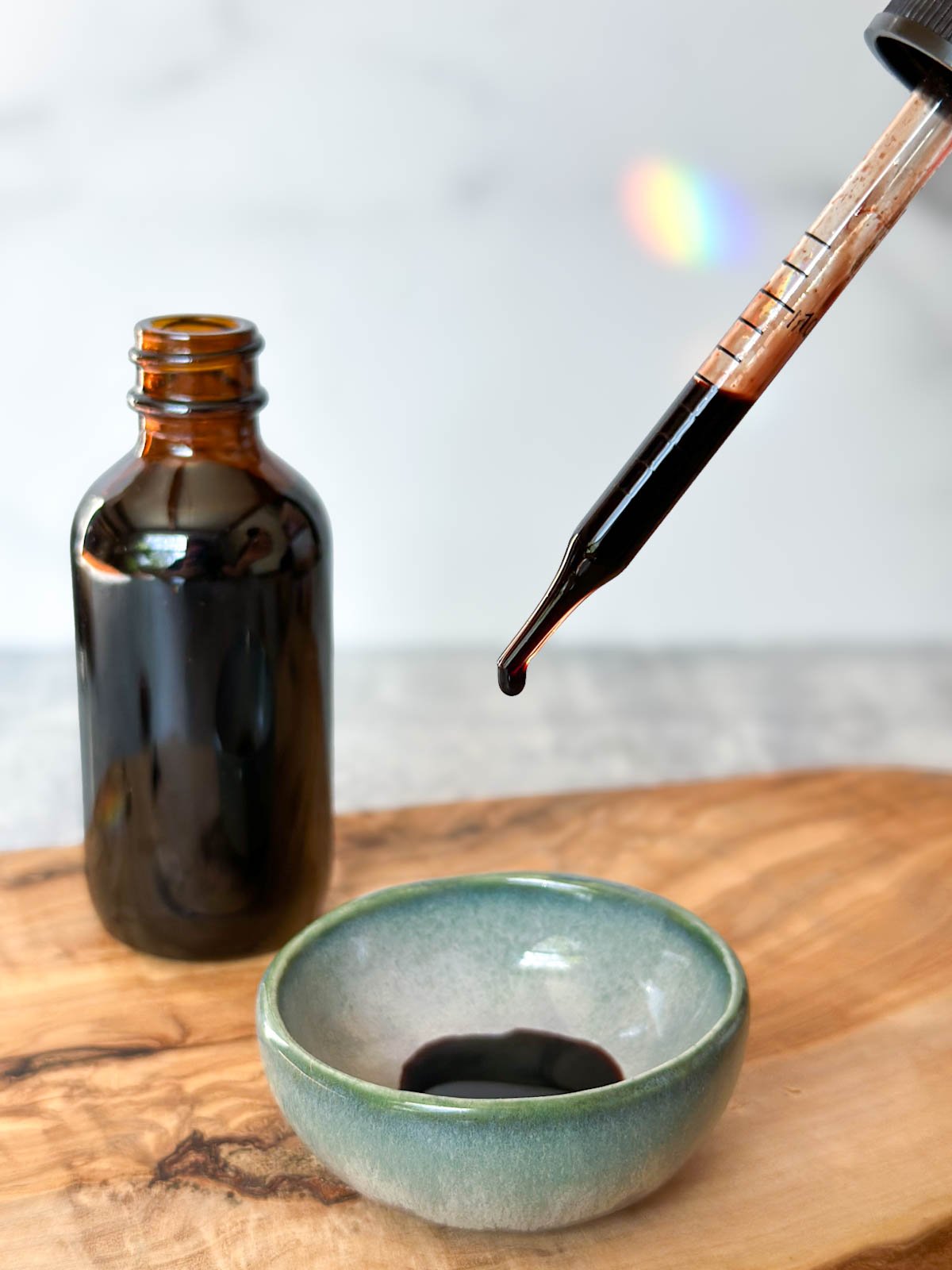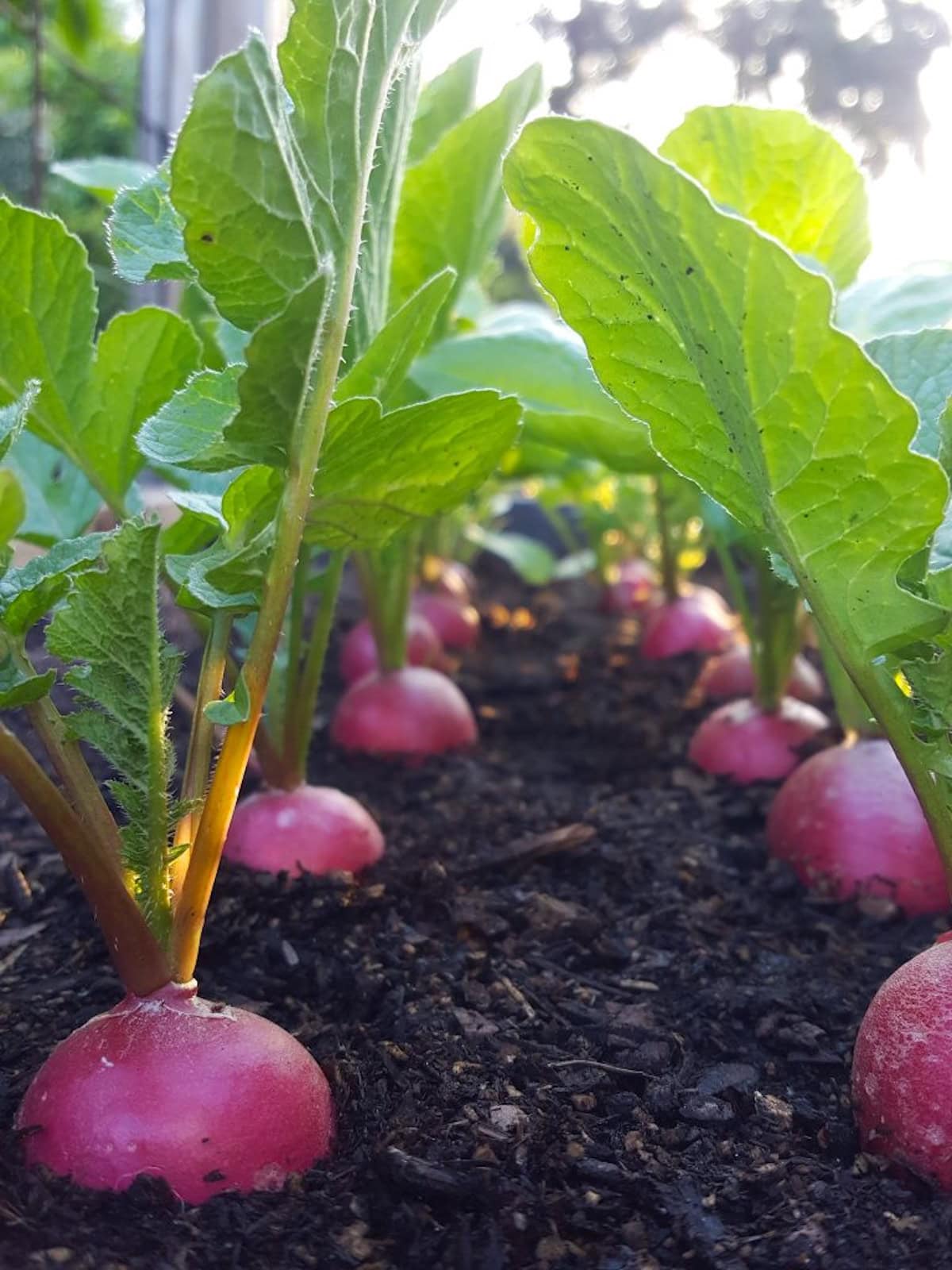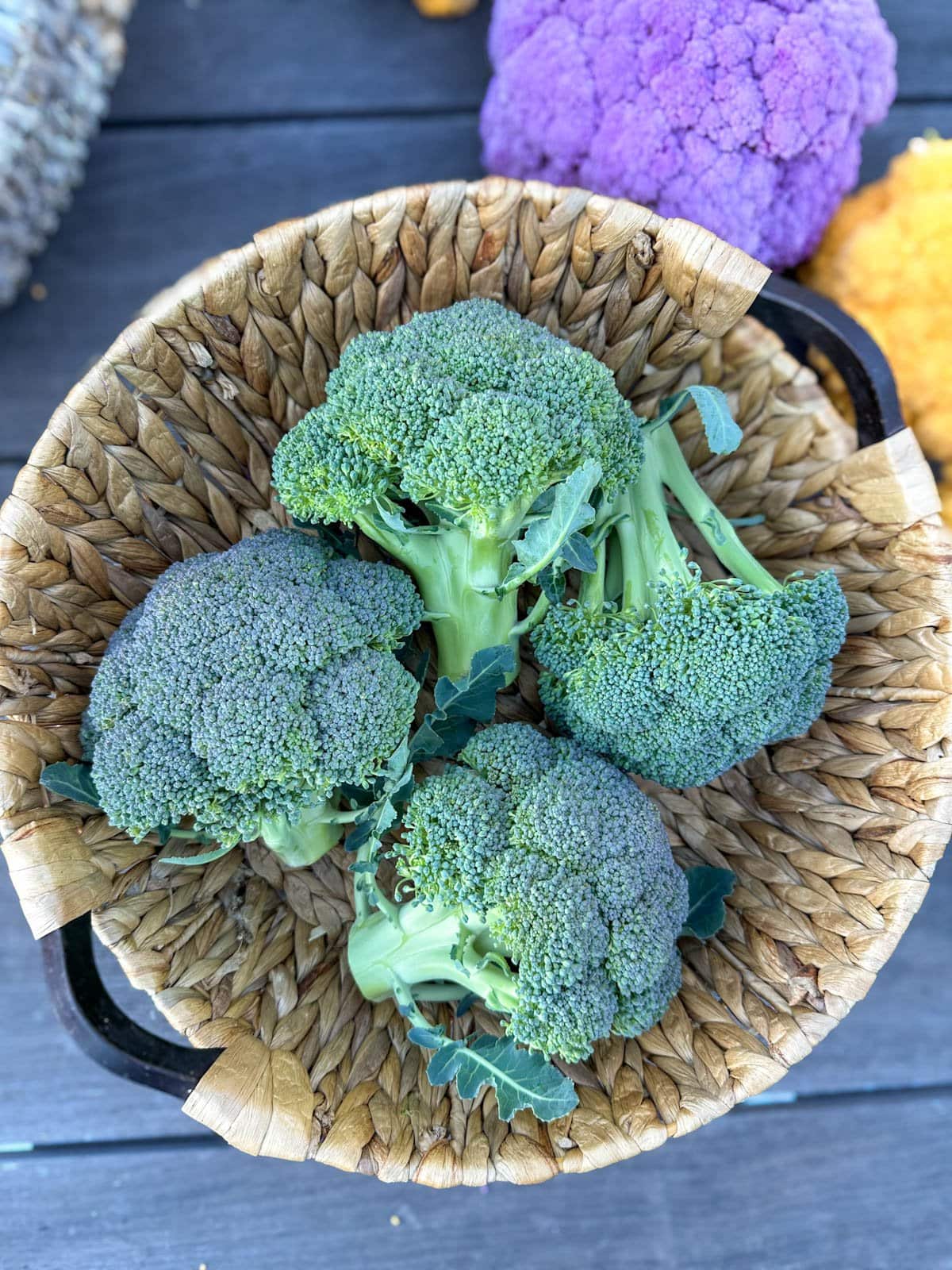
homesteading.com
Homesteading Resources Hub: Free Printables, Seasonal Checklists, and Beginner-friendly Guides
Every homesteader eventually encounters a problem with no one to ask. Your pressure canner gauge is reading off, and you need to know if that batch of sauce is safe to eat. The tomatoes you were counting on for winter salsa got hit with blight three weeks before harvest. When you scour the internet for help, you mostly find uninformative articles and advice from people with no experience in the craft. If this sounds familiar, Homesteading.com is the hub you’ve been looking for. It caters to people who are serious about growing and preserving their own food and building self-sufficient systems.
At a Glance
This guide covers five types of homesteading resources on the site:
How-to guides for learning skills like canning, animal husbandry, seed saving, and solar installation
Product reviews for tools and equipment that hold up for years and save you money.
Seasonal checklists for knowing when to start seeds or winterize coops.
Free downloads for planning garden beds and tracking livestock health.
Community forum for specific questions that only experienced homesteaders can answer.
Learning Through How-To Guides
Most of us didn’t grow up learning how to butcher a chicken or build a fence that keeps goats contained. A generation ago, you’d learn by working alongside your grandmother, showing you how to plant green beans or a neighbor explaining which apple varieties to store for winter. That kind of mentorship is rare nowadays. How-to guides fill the gap by walking you through each step and warning you where things typically go wrong.
Homesteading Guides for Beginners: Where to Start
The right starting point depends on where you are in your homesteading journey.
If you’re brand new to homesteading: The first year is about developing skills and habits to prevent repeated mistakes. Start by keeping a detailed journal to track planting dates, frost observations, and gardening techniques you’ve learned so far.
If you’re planning to raise livestock: Most homesteaders start with raising chickens, as it teaches the basic routines of animal care. Our guide to raising a backyard flock covers breeding and feeding essentials to keep the birds healthy through molting and winter.
If you’re focused on growing food: Planting crops starts with learning the soil basics. Building compost from kitchen scraps and bedding fertilizes your beds without ongoing costs. Saving seeds from your best plants will provide you with varieties that can adapt to different conditions.
If you’re building homestead infrastructure: When building self-sustaining systems, prioritize water first, then power structures. Collecting rainwater can supply gardens, livestock, and household use with proper filtration. Once water is handled, setting up solar lets you run chest freezers and well pumps without grid dependence.
Frequently Asked Question
What are the best homesteading guides for beginners?
Start with the practical skills you’ll use constantly, then build the habit of tracking your progress so each year improves on the last.
Making Smart Purchases With Product Reviews
Homesteading tools often take a beating. Getting a bargain hoe will most likely snap when you hit clay soil. A pressure canner with an unreliable gauge may put your entire winter food supply at risk. Knowing what supplies to buy and what to skip altogether will help save you money and avoid headaches down the road.
How to Evaluate Homesteading Equipment
Here’s how to think through major purchases by category:
Tools and hand equipment
Prioritize getting tools that you’ll most likely reach for daily. Our overview of essential homesteading tools breaks down which items are worth paying more for based on actual frequency of use. If you’re scaling beyond a kitchen garden into market production, consider buying larger implements like scythes and broadforks.
Garden infrastructure
Some homestead essentials cost a fraction when you build them yourself. Manufactured compost tumblers speed up decomposition if your back can’t handle turning piles with a pitchfork anymore, but building your own three-bin system works just as well, using materials you probably already have.
Livestock equipment
The proper livestock setup can help reduce your daily chores in half. For instance, a well-designed chicken watering setup stays clean and unfrozen, so you won’t need to haul buckets twice daily in January.
Energy and water systems
Research the real costs before committing to solar and rainwater systems as they require upfront investments and sometimes hidden expenses. Owner-installed solar systems can run your chest freezer, well pump, and lights if sized realistically. For water, simple rain barrel collection works for gardens, but you’ll need cisterns for serious household use.
When to Buy and When to Build Homesteading Tools
Before you buy anything, research the product and don’t judge the quality based on a photo alone. Here’s how to decide which items to buy and build:
Buy quality versions of tools you’ll use daily. Invest in a heavy-duty shovel for digging garden beds and fence post holes. Get a stainless steel canning pot that won’t warp after dozens of batches.
Build items that are expensive to buy. A chicken tractor for rotating your flock across pasture costs a fraction of retail if you make it from lumber and hardware cloth.
Borrow before buying. Use a neighbor’s tools and test them out before investing in specialized equipment.
Staying on Track With Seasonal Homesteading Checklists
Homesteaders rely on seasonal checklists to manage everything from planting schedules to livestock health checks. Otherwise, critical tasks slip through the cracks. Plant your garlic two weeks late, and you’ll be looking at undersized bulbs next summer. Miss the window for putting up tomatoes, and you’ll be buying canned goods all winter. The mental load of tracking everything in your garden or with your animals is one of the biggest stresses for homesteaders. That’s why making a checklist helps.
Spring: When the Year’s Work Takes Shape
Everything you plant during spring will determine what you harvest for the rest of the year. The seeds you start indoors become the tomatoes you’ll can in September.
Garden prep and planting. Work beds as soon as the soil’s ready and plant seeds indoors under lights. Harden off transplants before moving them out, and direct sow cold-tolerant crops like peas and lettuce early.
Livestock births and brooding. When it comes to breeding goats, sheep, or rabbits, spring means watching for and assisting with animal births. When expecting the arrival of chicks, you should have a draft-free brooder set up and ready.
Equipment servicing. The rototiller that worked in October might not function come spring. Drip irrigation lines may have cracked over winter, so check and maintain the tools every now and then.
If you’re behind or working with poor soil, straw bale gardening lets you grow this season while your soil continues to improve beneath you.
Summer: Peak Production and the Preservation Push
Summer is the most demanding season on a homestead because most crops grow fast, and so does your to-do list.
Daily garden maintenance. Weeding, watering, and trellising can’t wait in July. Skip a week, and you’ll find cucumber vines tangled around your tomato cages and hornworm damage on your peppers.
Harvest on time. Zucchini doubles in size while green beans get tough in days after reaching their peak ripeness. Check the garden daily and pick before things go past their prime.
Preserve while produce is at its best. Canning and dehydrating happen constantly during the summer. Picking tomatoes, pickles, salsa, and peaches at the right time means better flavor and texture.
Keep livestock cool. Extreme summer temperatures place immediate stress on livestock. Make sure to refill water troughs and chicken waterers several times a day. Provide shade for goats and pastured poultry, and ensure coops have adequate airflow.
Gather wild foods while they’re available. Late summer foraging helps you identify what’s ready in your area and when to pick it before wildlife does. Elderberries, wild plums, blackberries, and black walnuts ripen for only a few weeks.
Fall: The Final Push Before Rest
Fall is a race against frost. Everything you do this season determines how full the root cellar will be and whether the coops will be ready for winter.
Complete the harvest. Dig potatoes before the ground freezes, pick winter squash after vines die back but before a hard frost, and pull root vegetables for storage.
Process and store. What doesn’t get canned, frozen, or cellared in the fall will turn into compost by December. Building proper root storage lets you preserve potatoes, carrots, beets, and apples properly.
Winterize infrastructure. Drain irrigation lines, insulate exposed pipes, add coop ventilation without creating drafts, and check heat lamp setups for fire safety.
Put the garden to bed. Plant garlic and cover crops, pull spent plants, and add compost or mulch to resting beds.
Service and store equipment. Change oil, sharpen blades, grease fittings, and store under cover.
Winter: Rest, Repair, and Planning
Winter is the only season when there are fewer tasks to do due to extreme temperatures. Here’s what to do to maximize this slow season:
Review the past year. What worked? What failed? Which tomato variety actually produced, and which one got blight every season? Jot down the details in your journal.
Plan the following year. Sketch crop rotations, order seeds before favorites sell out, and research new varieties or techniques you want to try next season.
Indoor garden projects. Repair tools, sharpen everything that cuts, reorganize the seed collection, and build next year’s seed starting shelves.
Skill building. Use the time to learn a new craft such as cheesemaking, soapmaking, and hide tanning.
Rest. You’ve earned it. Spring will come faster than you think.
Building Your Own Checklist System
Pre-made checklists are fine to use when you’re just starting. However, every homestead is different, so you’ll eventually need a tailored to-do list. Here’s how to create a system that fits your land:
Start with a template, then customize. Use a standard seasonal checklist as your foundation, then add tasks specific to your situation. It may be fixing that low spot that floods every April or spraying the apple tree at a particular stage.
Add new tasks as you discover them. Every missed garlic planting window or forgotten coop winterization teaches you a lesson. Write it down so you’ll remember it next year.
Post the checklist where you’ll actually see it. Stick it on the kitchen wall or the barn door you walk through every morning.
Revise each year. Update your lists based on what you learned. After a few seasons, you’ll have a checklist built specifically for your land and your homestead goals.
Frequently Asked Question
What should I do on my homestead each month?
Use seasonal checklists organized by time of year, then adjust for your climate zone and setup. What matters in Zone 5 in March looks different from Zone 8.
Planning and Tracking With Free Downloads
It’s easier to track planting dates and seasonal tasks on paper than on your phone due to the small screen. Also, the phone’s battery might die, or the cell signal might drop in the barn.
What Makes a Homesteading Printable Useful
Not all printables can withstand daily homestead use. Here’s what to look for:
Choose function over decoration. Those watercolor vegetable planners from Pinterest look nice, but fall apart after one trip to the garden. You need pages you can scribble on and are accessible when you’re in the field.
Match the printable to how you actually work. If you track specific symptoms in your goats or egg production by hen, you need livestock logs with room for detailed notes
Pick formats that survive daily use. Laminate charts you’ll hang near the canning station. Print checklists on cardstock so they can last when displayed on the barn door.
Planners and Logs
Tracking your observations over time is how you stop repeating mistakes and start accelerating your homesteading journey.
Farmer’s journal. The single most valuable document on any homestead. Track planting dates, frost observations, weather patterns, and harvest timing.
Garden planner. Map your beds, note what you planted where for rotation, schedule succession plantings, and record yields.
Livestock log. Note health observations of your livestock so in case you need to consult a vet, you’ll have accurate records.
Preservation tracker. What you canned, how many jars, which batches turned out well. Next August, you’ll know exactly how much salsa you’re producing per year.
Reference Charts
Some planting computations and harvest times are so hard to remember that it’s better to pin a guide on the wall to ensure accuracy.
Seed saving guide. A quick reference to the seed-saving and harvest timing chart will save you time and prevent mistakes.
Canning processing times. A chart on water bath versus pressure canning, times by altitude, and headspace requirements helps ensure accurate timing and avoid spoilage risks.
Companion planting. Learn what plants grow well together, what competes, and what repels pests.
Frequently Asked Question
Where can I download free homesteading printables?
Check our downloads section for planners, logs, checklists, and reference charts. They’re all free to print and use.
Finding Your People in the Community Forum
Homesteading is hard to explain to people not familiar with the craft. Some might think you’re eccentric for raising meat birds, or your family might wonder why you’re working so hard when you could just buy groceries. But in homesteading community forums, you’ll find hundreds of homesteaders who can help you troubleshoot your sick chickens and who’ll celebrate your first canned tomatoes.
Here’s what a good homesteading community offers:
Answers from experience. You’ll obtain actual solutions from people who’ve dealt with the same problem before.
Regional knowledge. Connecting with homesteaders in your climate zone means relevant recommendations. For example, advice from the Pacific Northwest doesn’t always apply in Texas.
Perspective when things go wrong. Every homesteader has once lost animals, failed crops, and made expensive mistakes. Hearing from others will help you learn without shame and motivate you to keep going.
Community Norms Worth Following
Ask specific questions. “My chickens aren’t laying” gets generic answers. “My 18-month-old Barred Rocks stopped laying three weeks ago, they’re molting, eating layer feed, Zone 6” gets functional responses from people who’ve experienced the same situation.
Include what you’ve already tried. Saves everyone time and shows you’ve done your homework.
Search before posting. Your question has probably been asked multiple times. Reading old threads often answers it faster and surfaces related information.
Be helpful, not judgmental. Someone doing things differently isn’t doing them wrong. For example, Arizona and Vermont homesteaders raise chickens completely differently due to varying climates and resources.
Share failures as openly as successes. Your mushy pickles or flat sourdough posts might teach more insights than perfect harvest pictures.
Connecting Beyond the Forum
The homesteading community extends beyond any single website. These trusted homesteading blogs and websites curate creators worth following. To get more accurate information, look for regional groups specific to your state or climate zone. And don’t overlook in-person connections: farmer’s markets, feed stores, extension office workshops. An online community is valuable, but a neighbor who can come look at your sick goat is irreplaceable.
Frequently Asked Questions
Is there a homesteading forum I can join?
Yes, create a free account and start browsing, asking questions, or sharing what you’ve learned. No experience level required.
How do I find homesteaders in my area?
Start with regional groups in the forum organized by climate zone. For local connections, try farmers’ markets, feed stores, and extension events. Our list of trusted homesteading websites includes resources with active communities.
Quick-Reference: Resource Finder
Not sure where to start? Use this table to find the right resource for what you need right now.
What You Need
Where to Go
What You’ll Find
Learn a new skill from scratch
How-To Guides
Step-by-step instructions for everything from raising chickens to building a root cellar.
Decide what equipment to buy
Product Reviews
Honest assessments based on actual homestead use, not unboxing videos.
Know what to focus on this month
Seasonal Checklists
Task lists are organized by season, so nothing gets forgotten.
Print a planner or reference chart
Free Downloads
Functional tools for tracking, planning, and quick reference in the field.
Get advice on a specific problem
Community Forum
Real answers from homesteaders who’ve already figured it out.
Start With What You Need Right Now
You don’t need everything on this homesteading resource hub today. Pick a section that matches where you are in the self-reliant journey right now. If you’re brand new, start with the core skills every homesteader should know. If you’re deciding between purchases, browse the product reviews first. If you’re losing track of what needs doing, download a seasonal checklist and tape it to the kitchen wall. If you’re stuck on a problem nobody around you understands, post it in the social forum.
Bookmark this page, as you’ll need it again when the season shifts or something breaks. Homesteading is built one skill at a time, one season at a time. We’re here when you need us.
Frequently Asked Questions
Are the downloads really free?
Yes. Planners, logs, checklists, and reference charts are all free to print.
How do I find guides for my specific situation?
Browse by topic: getting started, livestock, gardening, food preservation, homestead skills, or self-sufficient living. Use the search bar for something specific, like pressure canning green beans or building a gravity-fed water system.
What if I can’t find an answer in the guides?
Post in the community forum. Include your setup, location, and what solutions you’ve tried. Someone who’s dealt with the same issue usually responds within a day.
How do I know which products are worth buying?
Check the product reviews for honest assessments based on long-term use. Look for durability details, limitations, and comparisons, including building it yourself.














